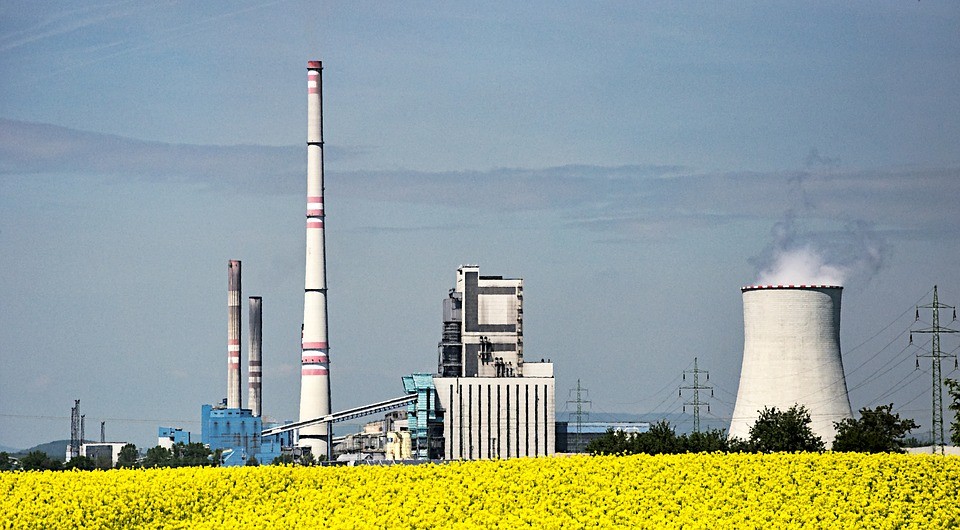The main culprit in the aviation industry's climate-destroying carbon emissions is the fuel it uses: kerosene. So if the fuel is the problem, why not turn it into the solution as well? In order to minimize and ideally dispose of kerosene's negative impact on the climate why not replace it with an alternative that's much less destructive for our planet?
To replace kerosene we would need to produce fuels that are similar to kerosene and don’t require any changes in existing aircraft. One possible replacement is biofuel. Biofuels are already used in the automotive industry with growing rates and even the airline industry has started to adopt them. Just recently, the Dutch airline KLM announced that it is investing in a biofuel plant in the Netherlands.
The idea behind producing biofuels is to turn organic matter such as plants or organic waste into fuel. KLM, for example, blends their fossil-kerosene with biofuel produced from vegetable oils. But vegetable oils aren't the only option for production; chemically, it is possible to produce biobased fuels with a from a plethora of resources.
When it comes to feedstock, the major consideration is which feedstock to use. Currently, we mainly use corn, oilseeds, or sugarcane. These fall into the so-called first generation of biofuel feedstock which means all energy crops that directly compare with food production. With a growing world population and increased food needs the question arises: Eat or fly (green)?

Scientists agree today that eating has priority over flying, so the focus in biofuel production has shifted from first to 2nd generation feedstock. With second-generation feedstock, the organic waste produced when growing food is turned into fuel. This way the feedstock doesn’t compete with food production but it's even often complementary. Still, with this method too, land is required to produce the fuel in the end.
But how much land would that be? If we wanted to grow all of our fuel for air travel we would need quite a lot of space. Numbers for land needed to produce a certain amount of fuel are only available for first-generation jet-fuels. Knowing the airlines' fuel consumption and the annual passenger kilometers I calculated the required land area for soy, corn, and sugarcane amongst the first generation. If everyone used the greenest fleet from Ryanair then we would need half of the world’s land-mass to produce this fuel from soy. Using corn we would need two times the size of the USA whilst it would only be the size of China when using Sugarcane. In terms of actually available agricultural land, these numbers mean 45 percent, 48 percent, and 23 percent of the world’s agricultural land – which in all cases would cause great competition with food production. Additionally, the production of crops is not only driven by love, air, and sunshine but requires additional energy and fertilizers are a major environmental issue by themselves. Leaving us with polluted waterbodies from over-fertilization and still only a reduction of 40% of GHG emissions when looking at the life-cycle analysis of first and second generation biofuels.
This is why many people get excited about the idea of 3rd generation feedstock which in most cases are algae or organic waste such as lignin from paper production or food residuals. Algae are grown in artificial ponds and turn sunlight and CO2 into organic matter. Ideally, the ponds need a lot of sun so we could think of using some arid wasteland or desert to produce the fuel for our planes. Applying the same calculations above with the average estimate of algae production efficiency we would only need the area of Denmark to produce all the fuel we need today.
In conclusion, biobased fuel can be part of a solution to green air travel in the future. Especially third generation biofuels from algae are promising whilst the utilization of unused waste can add another small portion.
This article was written by Eric Schuler for Kinder World in light of the upcoming Kinder Conversations event on the future of green aviation: The Sky Has a Limit. Schuler is a PhD candidate at the University of Amsterdam and works on new industrial sustainable chemistries to turn captured CO2 into useful things such as plastics or fuel. He's also a photojournalist with an interest in climate and land-use change.




